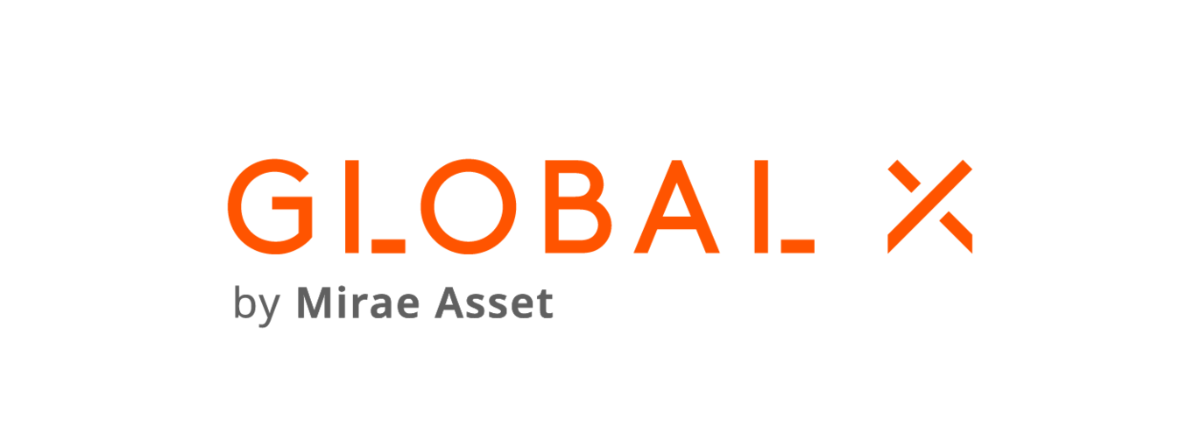The recent passing of the Inflation Reform Act in the US has given a significant boost to strategies such as the Global X Hydrogen UCITS ETF (HYGN) which suffered a tough start to life but has delivered significant returns over the past month.
Launched in February as part of a launch spree by Global X, which came after much of the momentum in the thematic product class had diminished, HYGN is by far the smallest ETF in the hydrogen theme, gathering only $4m assets, however, it has far outperformed its peers since launch.
While the $547m L&G Hydrogen Economy UCITS ETF (HTWO) and the $110m VanEck Hydrogen Economy UCITS ETF (HDRO) have returned -7.9% and -0.5% over the past six months, as at 23 August, respectively, HYGN booked positive returns of 3.1%.
The same trend has also played out in the month to 23 August, with HTWO and HDRO returning 4.3% and 9.4% while HYGN continued leading the pack with a 15.5% gain.
Global X also has a US-listed equivalent product, the $39m Global X Hydrogen ETF (HYDR), which tracks the Solactive Global Hydrogen index, while HYGN tracks the Solactive Global Hydrogen v2 index.
Interestingly, the European product’s benchmark offers exposure to 20 stocks – five fewer than its US sister ETF – that have “or are expected” to have business operations in the production or use of hydrogen.
It also integrates ESG objectives into its methodology by excluding companies involved in industries such as controversial weapons, thermal coal or adult entertainment.
Rebalanced semi-annually, to be included in the index a company must have a market cap above $100m and an average daily turnover of at least $2m over the past six months.
Over the past month, HYGN’s top three holdings, Bloom Energy, Plug Power and Nel Asa – which have a combined weight of 41.7% in the ETF – rallied 40.9%, 49.3% and 4.2% over a short period of favourable conditions for green sectors.
On 16 August, the Inflation Reform Act, which contains $369bn dedicated to climate action, was passed into law, marking the largest climate-focused investment in the US to-date.
Within this was a new tax credit for the production of clean hydrogen, the Clean Hydrogen Production Credit, with producers receiving credits worth between $0.60 and $3 per kilogram of clean hydrogen produced.
Law firm Baker Botts said: “In addition to providing significant tax credits for clean hydrogen production and hydrogen-related energy storage, the act also provides incentives for end-use hydrogen applications in transportation. The act sets the stage for significant investment in the production and use of clean hydrogen in the US.”
Outside of government policy, HYGN was also lifted by lower-than-forecast US consumer price inflation (CPI) of 8.5% in July.
This saw debt-laden companies in thematic and other risk-on ETFs rally on hopes the Federal Reserve would soften its rate hiking cycle sooner than many had expected.
Approaching the end of August, the S&P 500 fell 4% in a week in the run-up to the Fed’s Jackson Hole summit. As some of the giddiness of July and August wears off, it will be interesting to see whether HYGN and other clean energy ETFs will be able to maintain their good form in the rest of H2 or whether continued Fed hawkishness offers a harsh dose of reality.
This article first appeared in ETF Insider, ETF Stream's monthly ETF magazine for professional investors in Europe. To access the full issue, click here.
Related articles




